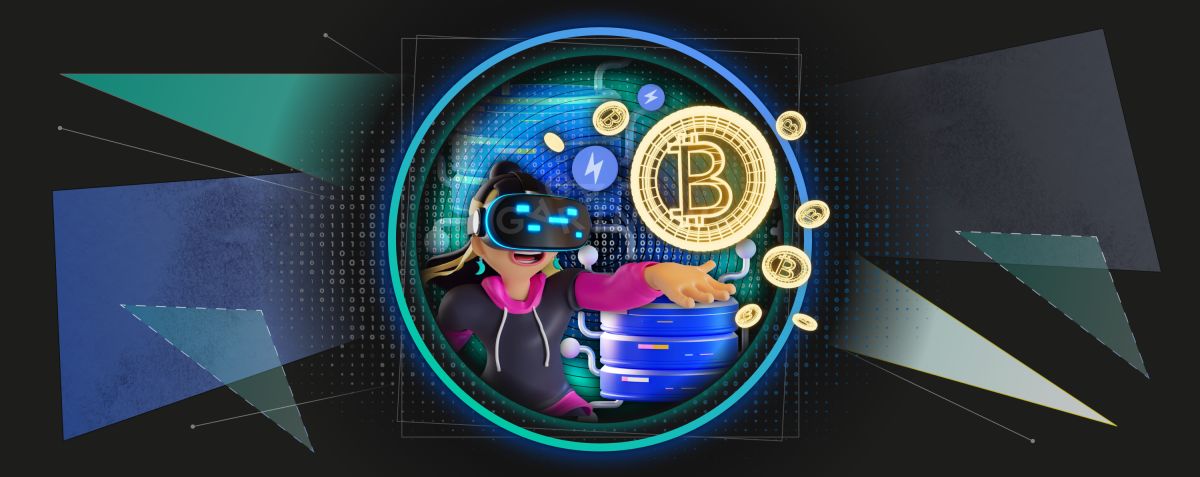The Tradition of Passing Bitcoin’s Lightning Torch

Lightning Torch is a symbolic initiative to transfer satoshi (the smallest unit of bitcoin) from user to user on the Lightning Network.
On this page
Any bitcoin holder can launch the flash mob to honor the event anniversary on January 19th. To do this, you need to create a transaction of 100,000 satoshis (0.001 BTC) using the LN protocol and send it to another user. The one who received the baton must add the same amount to the transaction and transfer it through the network. Funds raised usually go to charity.
The name of the action “Lightning Torch” refers to the transfer of a burning torch at the Olympic Games. This is a traditional ritual and a symbol of peace, friendship, perfection, and, of course, the struggle for victory. In comparison, the bitcoin initiative shows the cohesion of the cryptocurrency community and the desire to change the world for the better with the help of cryptocurrencies.
If you do not romanticize the event, the symbolic transfer of satoshi with the participation of different users is just a chain of connected transactions with a growing amount. However, it can demonstrate the maximum amount of funds the Lightning Network layer 2 blockchain can handle in a single transaction.
The longer the “flame of the torch” becomes, the more difficult it is to transfer it further since LN was initially created for small transactions. In 2019, when the initiative was first launched, this Layer 2 technology was experimental in many ways. So the giant transaction failed when it reached $200.
Since its inception, the Lightning Network has matured and undergone several updates. Therefore, it would be interesting to follow the new launch of Lightning Torch to see how much the system's capabilities have expanded. Indeed, in 2020, various companies, retailers, developers, and exchanges began implementing LN. 2023 may show what this second-layer solution for BTC is capable of.
How Lightning Torch came about
It all started with the founding of Lightning Labs in 2016. They developed the Layer 2 blockchain for the leading Bitcoin network to solve the problem of scalability and speed of transactions with the first cryptocurrency. After two years of work ensuring the compatibility of the Lightning Labs protocol and BTC, in 2018, the beta version of the Lightning Network was launched. In 2019, the network achieved significant success and began to be massively used for its intended purpose.
The Lightning Network is a peer-to-peer blockchain that uses payment channels tied to the BTC blockchain. With it, you can conduct instant and low-cost transactions off the main network, which are then recorded on the Bitcoin network.
In January 2019, a little-known Twitter user under the pseudonym Hodlonaut sent 100,000 Satoshi to one of the BTC holders, testing the Lightning Network, and persuaded people on the social network to join this process. He did not expect that hundreds of crypto enthusiasts from different countries would want to become “torchbearers” and couldn’t imagine that well-known Bitcoin supporters would support the flash mob, and he would become famous thanks to this.
The initiative was supported by: Andreas Antonopoulos (preacher of crypto philosophy, author of books on cryptocurrencies), Anthony Pompliano (co-founder of Morgan Creek Digital), Jack Dorsey (former Twitter CEO), Chris Stewart (developer who deployed the first smart contract on the Bitcoin blockchain). Thanks to Lightning Torch, 4.29 million satoshis were collected and sent to a charity fund to support people affected by hyperinflation in Venezuela.
The content on The Coinomist is for informational purposes only and should not be interpreted as financial advice. While we strive to provide accurate and up-to-date information, we do not guarantee the accuracy, completeness, or reliability of any content. Neither we accept liability for any errors or omissions in the information provided or for any financial losses incurred as a result of relying on this information. Actions based on this content are at your own risk. Always do your own research and consult a professional. See our Terms, Privacy Policy, and Disclaimers for more details.

























